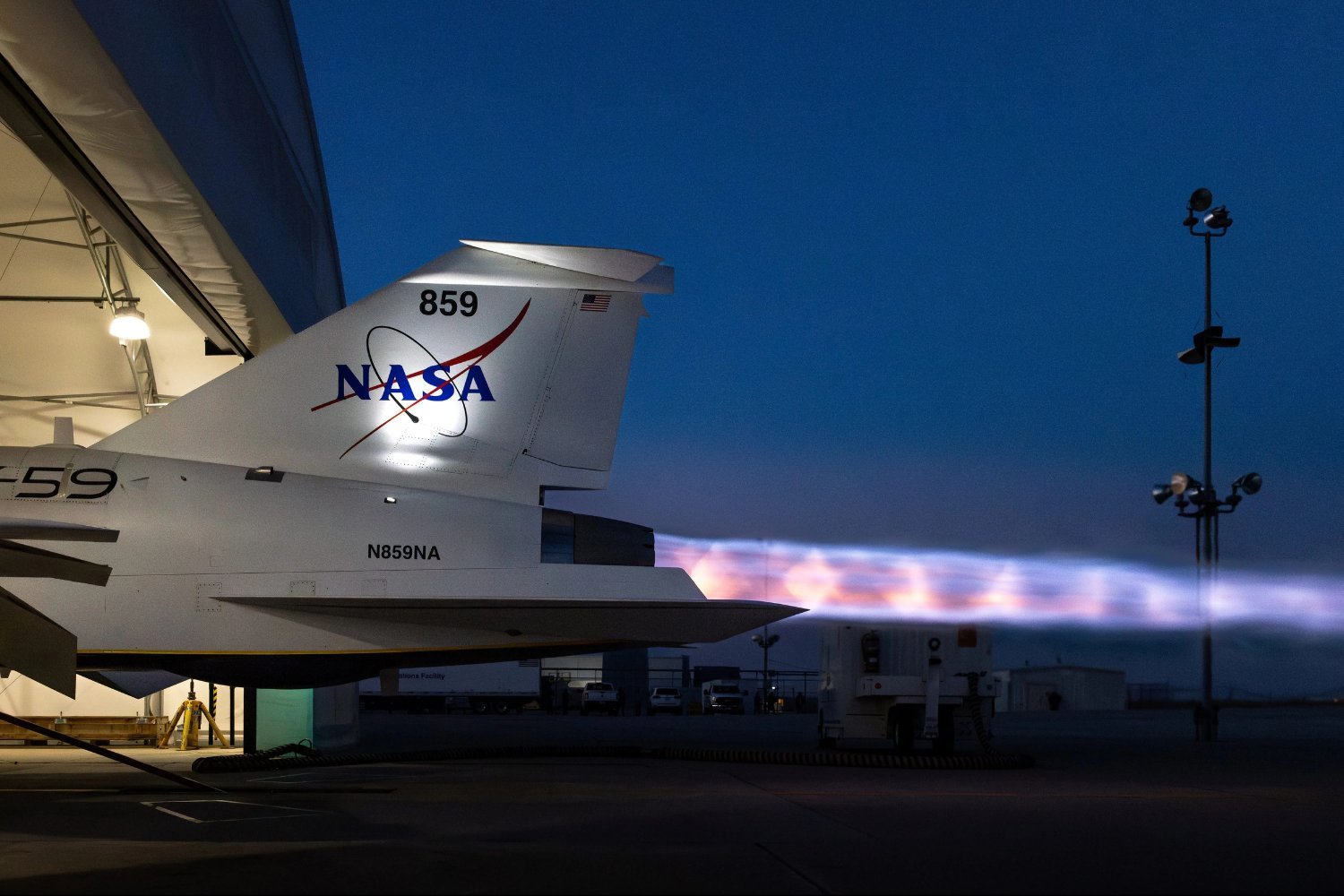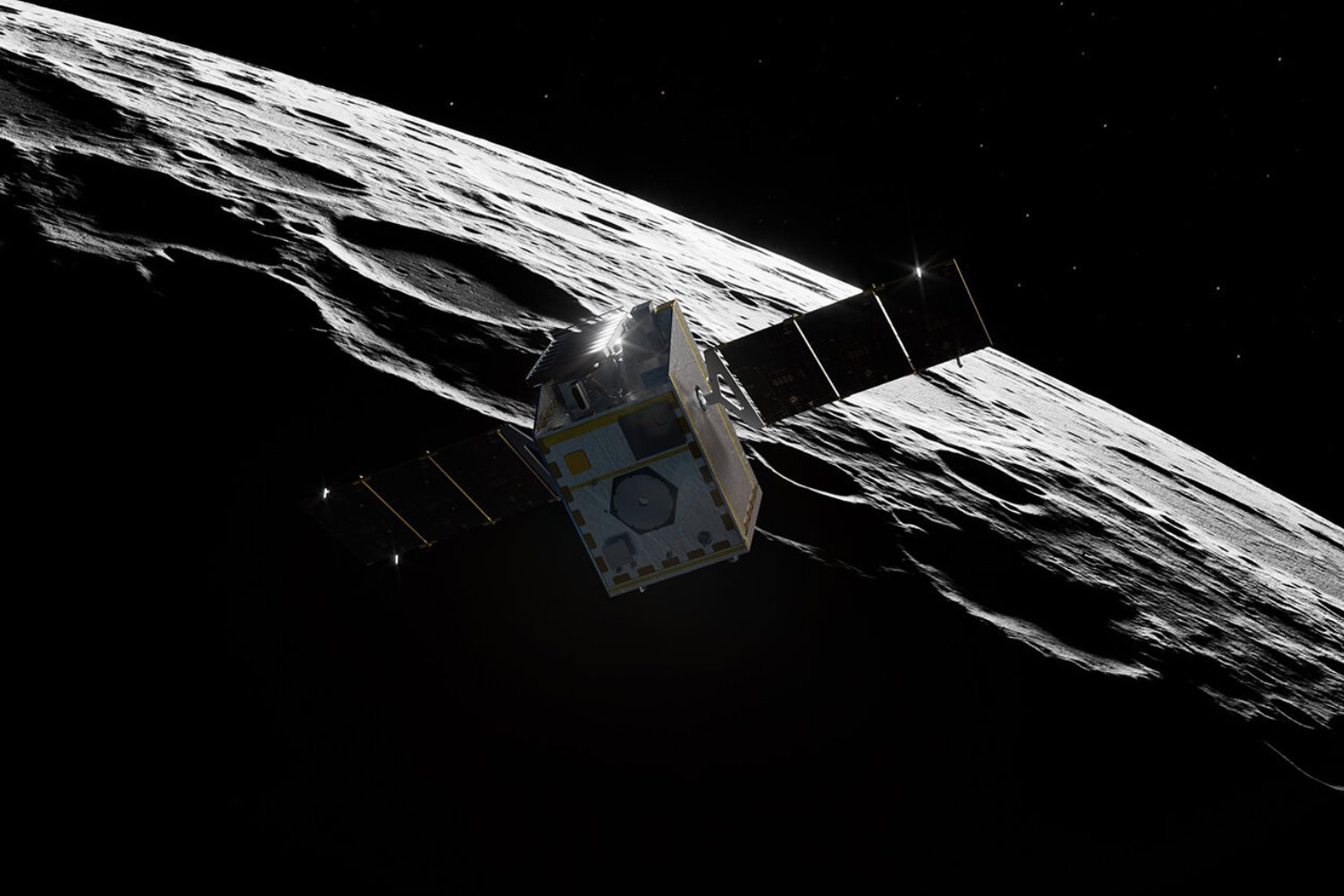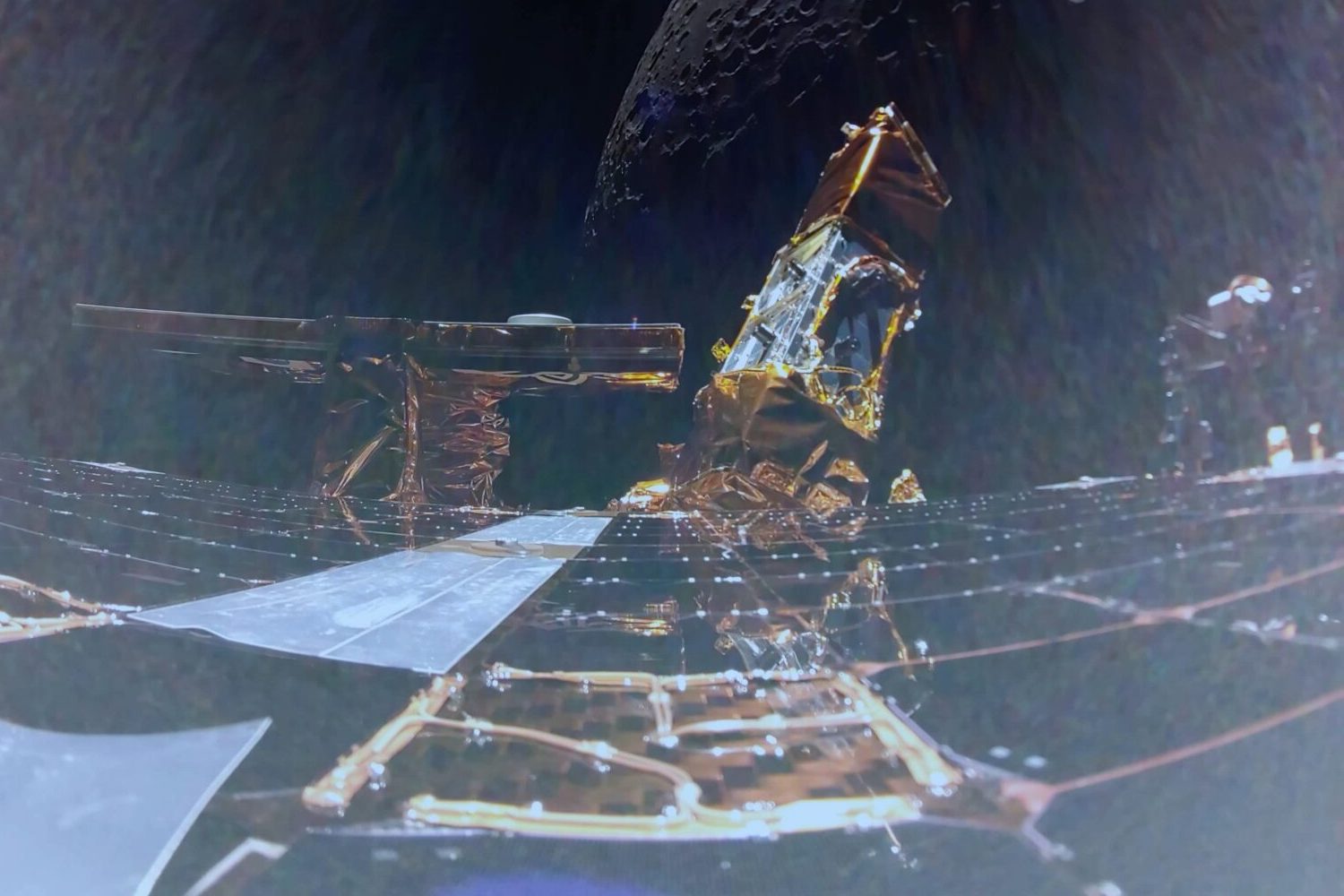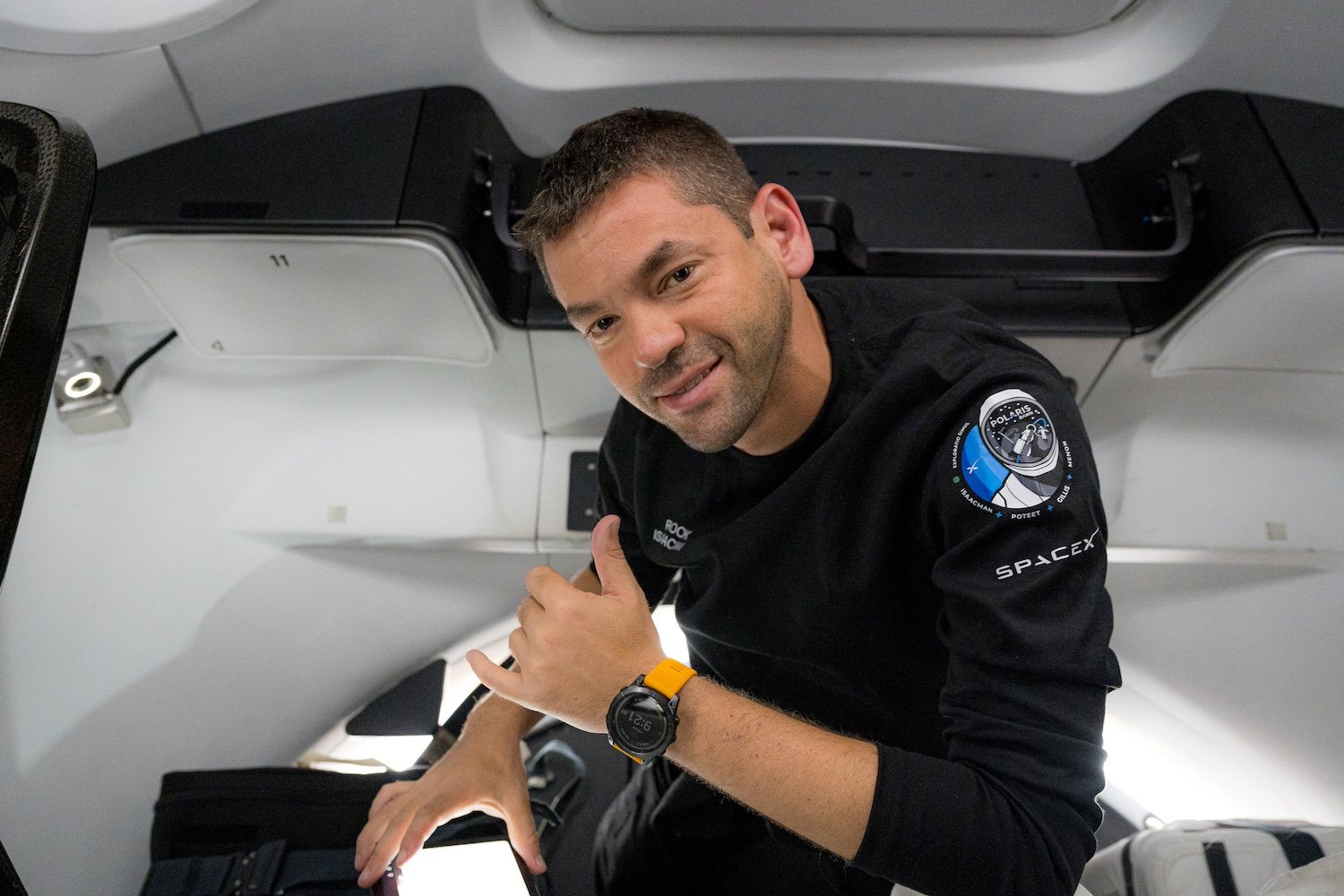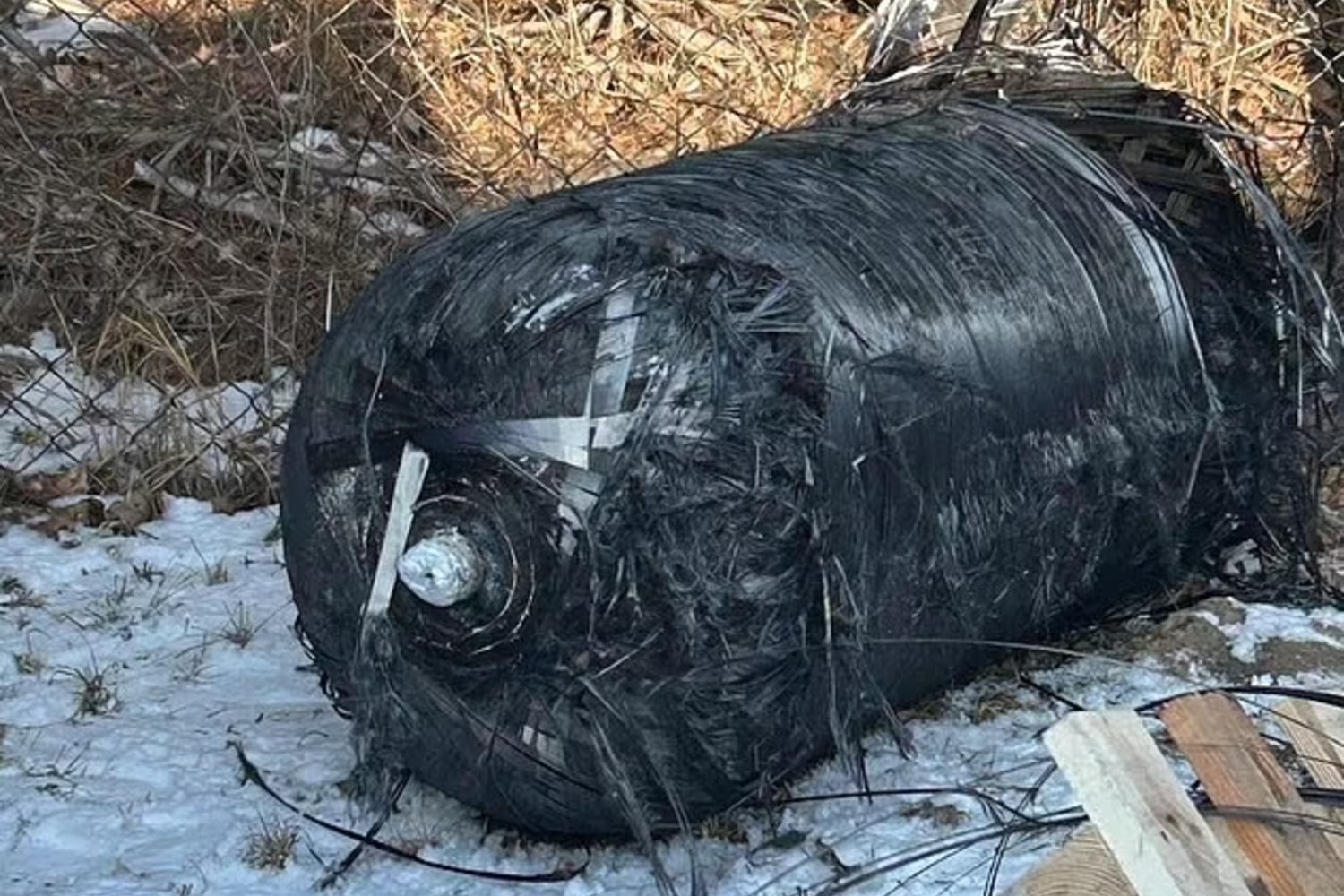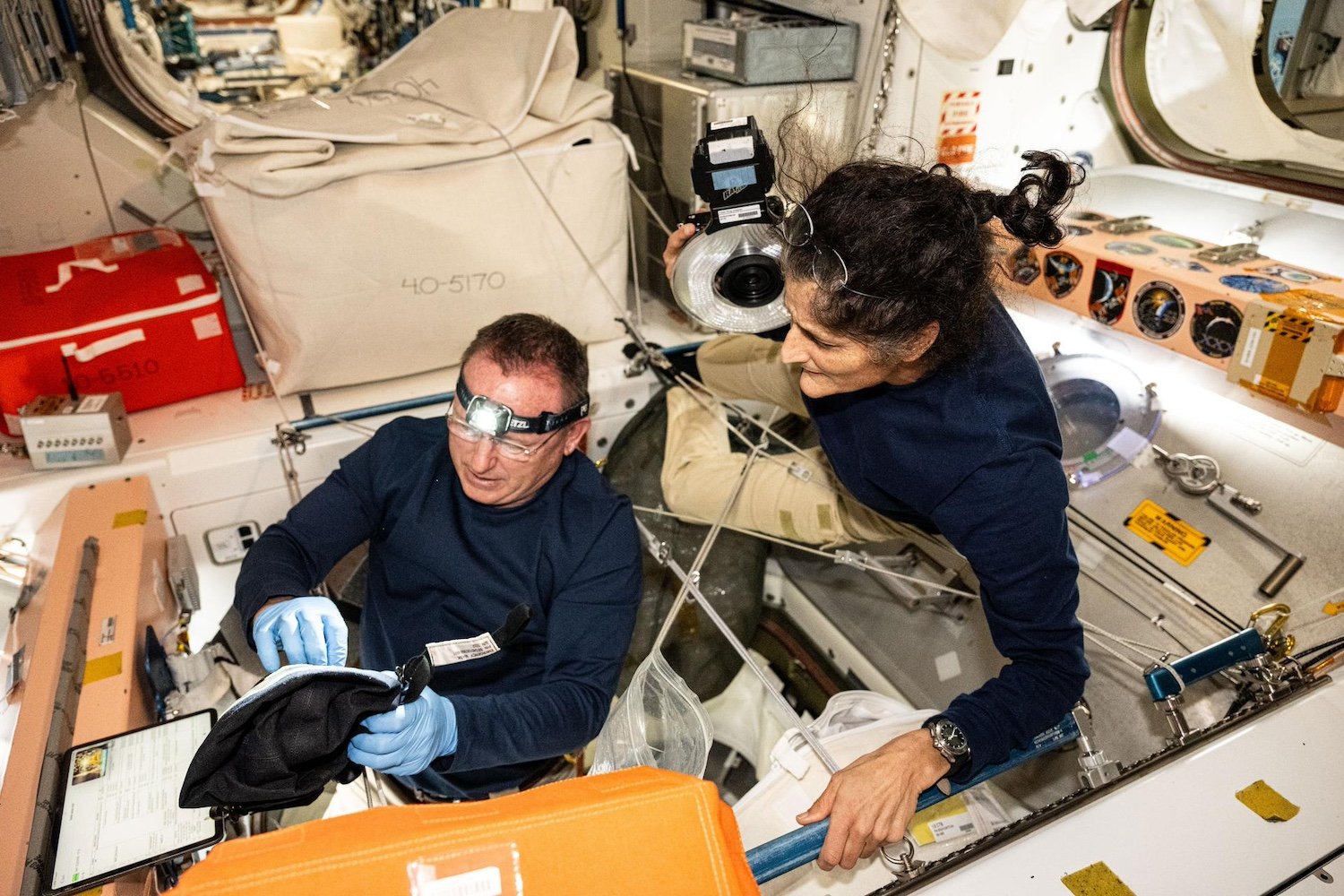NASA has recently concluded engine performance tests on the X-59, a research aircraft designed to mitigate the disruptive sonic booms associated with supersonic flight. These tests, conducted in collaboration with Lockheed Martin between October and February, focused on the modified F414-GE-100 engine that will power the X-59 and its onboard systems.
“We have successfully progressed through our engine ground tests as planned,” stated Raymond Castner, X-59 propulsion lead at NASA’s Glenn Research Center. He confirmed smooth and steady airflow, consistent with wind tunnel predictions, and the absence of structural or vibrational issues. Crucially, cooling systems for the engine and aircraft performed as expected.
The Challenge of Sonic Booms
When aircraft surpass Mach 1 (the speed of sound, approximately 767 mph or 1,234 km/h), they produce a loud crack known as a sonic boom. This disruptive noise, caused by the combination of air pressure waves into a shock wave, led the Federal Aviation Administration to ban supersonic flight over land for non-military aircraft in 1973. While the Concorde offered a glimpse into supersonic commercial travel, its high operating costs, fuel inefficiency, and noise complaints ultimately led to its retirement in 2003.
X-59 Engine Tests and Shock Diamonds
NASA’s recent tests involved evaluating the X-59’s hydraulics, electrical systems, and environmental control systems. Throttle checks and maximum afterburner firings were also conducted. Footage released by NASA showcases striking “shock diamonds” in the engine plume, which are standing wave patterns created by the compression and expansion of exhaust gases exiting the nozzle at supersonic speeds.
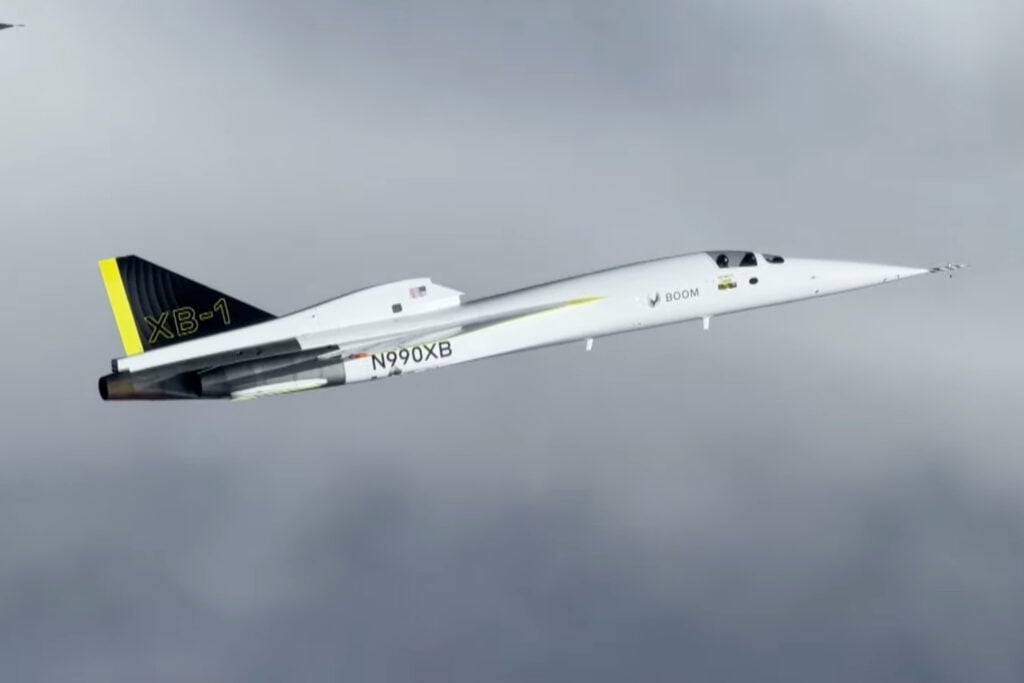 X-59 Engine TestX-59 engine test showing shock diamonds.
X-59 Engine TestX-59 engine test showing shock diamonds.
The X-59’s Innovative Design
The X-59, unveiled in January 2024, boasts a unique design. At 99 feet long (30 meters), but only 14 feet tall (4.27 meters) and 29.5 feet wide (9 meters), its slender, needle-like shape is crucial to minimizing sonic booms. This design aims to reduce the pressure change over the ground, transforming the typical loud crack into a quieter “sonic thump,” likened by a NASA engineer to the sound of a car door closing. The engine’s placement on top of the aircraft further reduces noise reaching the ground.
Renewed Interest in Supersonic Travel
The pursuit of quieter supersonic flight isn’t limited to NASA. Private companies like Boom Supersonic are also making strides. In late January, Boom Supersonic’s experimental XB-1 demonstrator achieved supersonic speeds three times during a single flight.
 Boom Supersonic Test FlightBoom Supersonic’s XB-1 demonstrator aircraft.
Boom Supersonic Test FlightBoom Supersonic’s XB-1 demonstrator aircraft.
Next Steps for the X-59
The X-59 is designed to cruise at 55,000 feet (16,764 meters) and reach speeds of 925 mph (1,489 km/h). While the initial flight was planned for last year, NASA hasn’t released an updated timeline. Further tests, including electromagnetic interference checks and data handling evaluations, are still required, along with crucial taxi tests.
Once airborne, the X-59 will undergo a series of flight tests to assess the perceived loudness of its “sonic thump” on the ground. These community overflight demonstrations are scheduled through 2027, pending the aircraft’s successful first flight.
Conclusion
The successful completion of engine tests marks a significant milestone for the X-59. NASA’s ongoing efforts, alongside advancements by private companies, signal a renewed interest in making quieter supersonic travel a reality. While challenges remain, the progress made with the X-59 offers a promising glimpse into the future of air travel.



